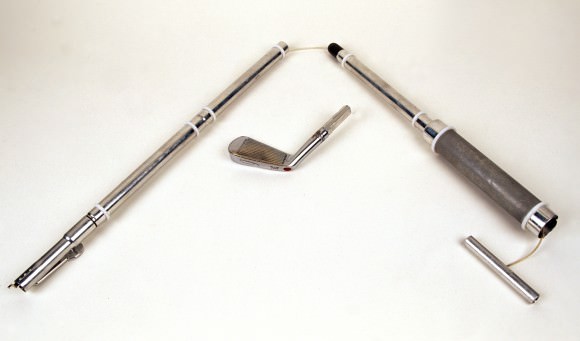Iran’s space program reportedly launched its second monkey into space on a 15-minute flight on Saturday (Dec. 14).
Reports from the Islamic Republic News Agency said the ballistic flight reached as high as 75 miles (120 kilometers). That’s just beyond the Karman line of 62 miles (100 kilometers) that many authorities cite as the boundary of space.
“The President said that thank God, Iranian astronauts launched into the space the second monkey, Fargam, on the first day of the Week of Research, the ‘Pajouhesh’ explorer and landed in full safety and health,” read a dispatch on IRNA, which is the official state agency in Iran.
The launch has not been verified outside of Iran. In January, the country announced the launch of a first monkey, Pishgam (which means “Pioneer” in Farsi).
The United States, Soviet Union and France sent primates themselves into space in the 1960s, many of which did not survive the trip. “Ham” is among the most famous monkey space voyagers; the U.S. chimp launched into space and landed safely on Jan. 31, 1961, a few months before astronaut Al Shepard became the first American person in space that May.


